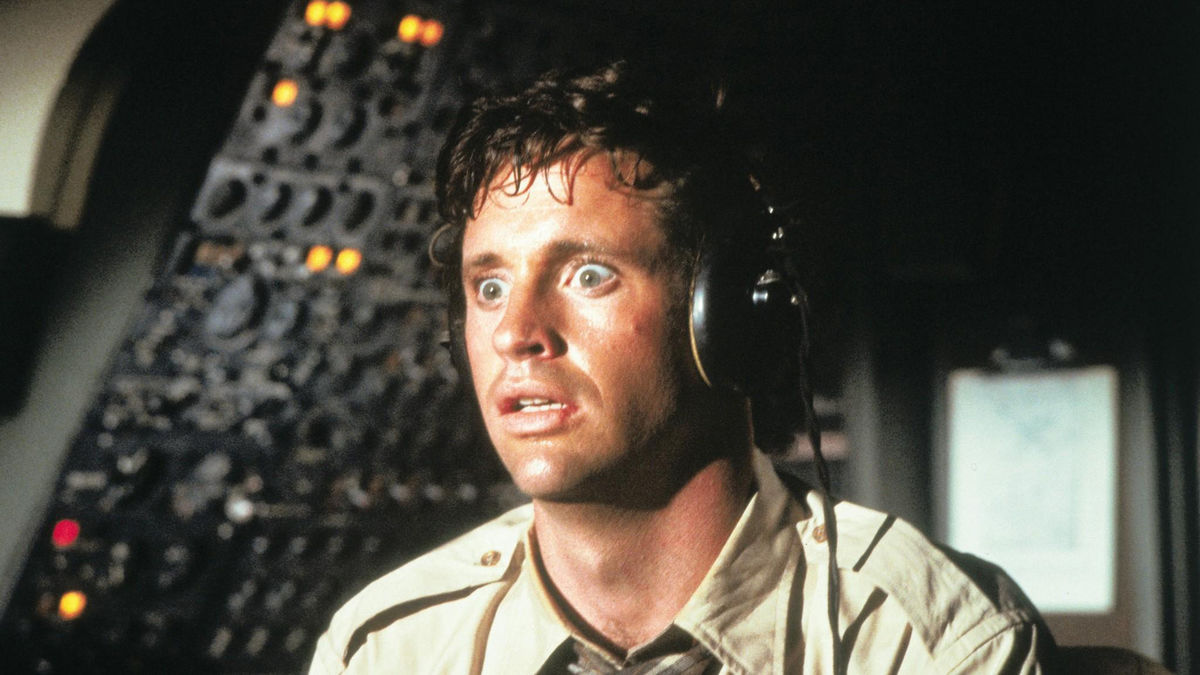
Comedy has been around for almost as long as entertainment itself. Equally valuable as a form of escapism in times of hardship as a weapon of activism and social awareness, comedy has continuously retooled and adapted to mirror the sensibilities and concerns of its time.
From Chaplin and Keaton, Hawks and Sturges to Wilder and Capra — the genre has gifted us with some of the greatest filmmakers to ever pick up a camera. The best of them have rightfully earned their place in the annals of history as pop culture icons who managed to bring a smile to millions of viewers around the globe. But no shortlist of comedy geniuses feels complete without Woody Allen, a name bearing a complicated legacy but which nevertheless should be credited for one of the most prolific careers ever.
For a generation who grew up on the Watergate scandal, the Vietnam War and the 1960’s counterculture, the old-fashioned Hollywood satires suddenly became stale. Arguably nobody filled that void in urban America better than Allen and his existentialist soap operas — articulating the same worries and fears that pestered a whole generation.
Pretty much staying true to his signature self-loathing humor, Allen refuses to consider himself an artist, at least not with the depth, substance or gifts of some of his idols. “I do think I have some talent, yes; but I don’t think it goes as far as being an artist”, he argues. “Because if you think Kurosawa is an artist and Bergman is an artist, and Buñuel and Fellini, then it is as clear as a bell that I am not an artist.”
We’ll leave it up to the reader to judge the veracity of that statement. Instead, listed down below are ten of Allen’s all-time favorite comedies — including some by the very same legends he so fervidly idolizes.
1. The Discreet Charm of the Bourgeoisie (1972)
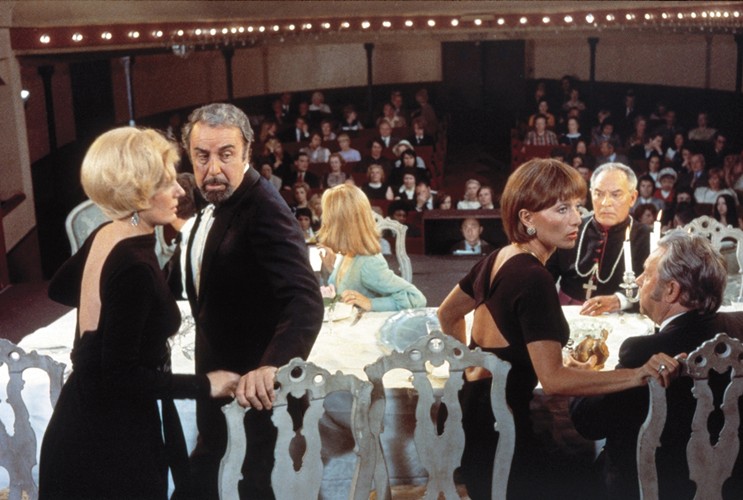
A big chunk of Allen’s comedies focuses on the upper-middle class — mocking the kind of highbrow people to spend their day pontificating about Freudianism and Richard Wagner’s music at an East Village coffee shop. Cloaked in apparent sophistication, these intellectuals are more often than not painfully insecure, erratic and self-centered. On the subject of class satire, you’d be hard-pressed to find a more penetrating comedy than this one courtesy of the godfather of surrealism — Luis Buñuel. The film follows a group of French socialites who arrange a dinner together only to be repeatedly disrupted by a series of baffling occurrences.
Allen made sure to pay homage to one of his cinematic idols in Midnight in Paris, where the main character (who travels back to the 1920’s) has a sit down with Buñuel and some of the biggest cultural icons of the era — pitching the director the idea that would eventually become the premise to The Exterminating Angel. What’s more, we were awfully close to seeing the Spanish auteur play himself in Annie Hall, where he was offered thirty thousand dollars for two days’ work — ultimately declining Allen’s offer due to schedule conflicts.
2. Dr. Strangelove (1964)
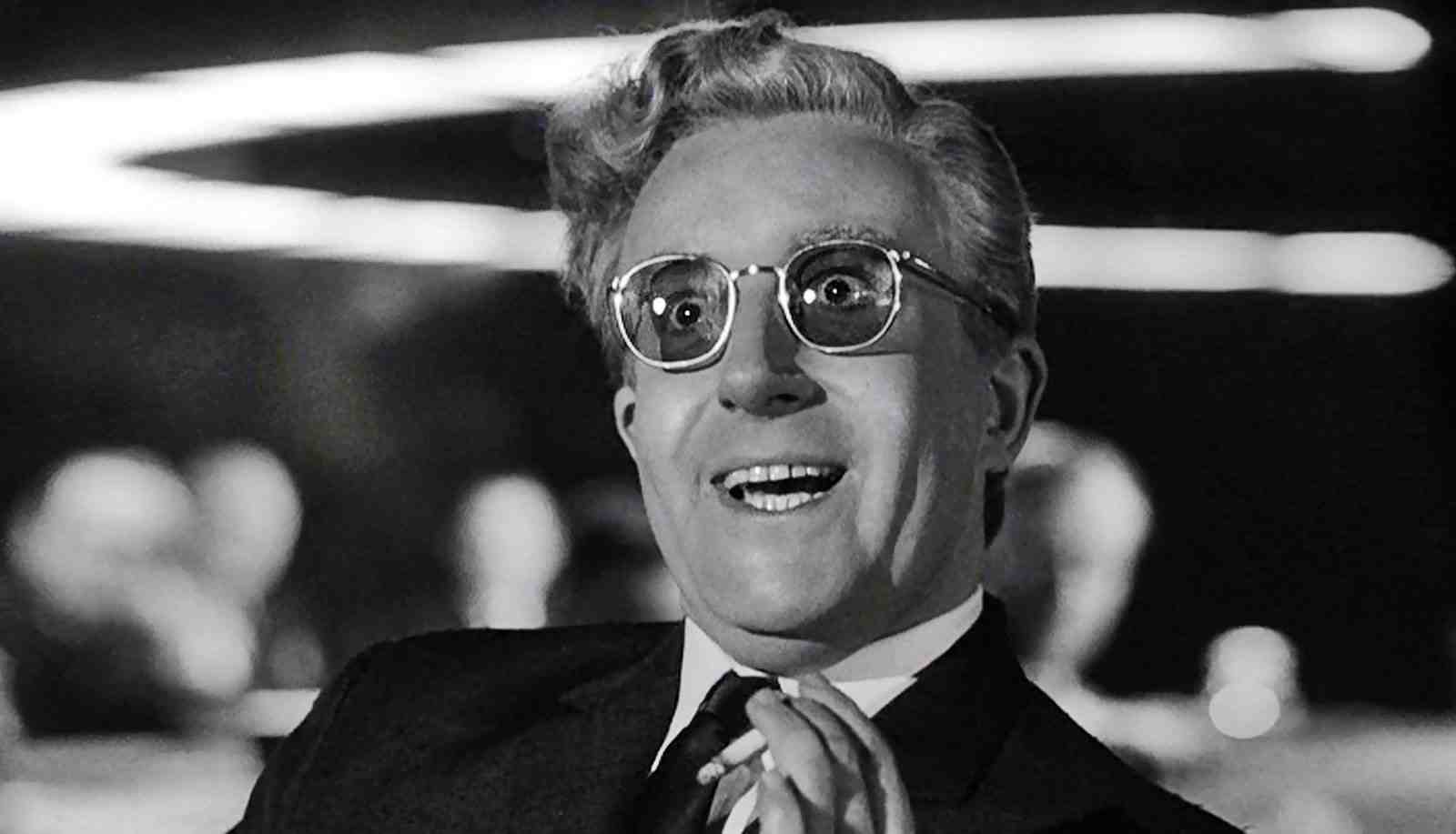
One of Woody Allen’s defining trademarks is the way he tackles big, heavy themes through light-hearted narratives. Often dismissed as frivolous affairs, Allen’s films — once you dig deeper beyond the playful banter and quirky characters — often provide insightful analysis on topics ranging from death, guilt, war or love. In a similar fashion, Stanley Kubrick’s seminal Cold War satire shed light on the hypocrisies of war and diplomacy by presenting a completely ludicrous and yet not quite inconceivable scenario.
Dr. Strangelove — which required Allen up to three viewings to decide on its brilliance as an anti-war statement — perfectly rendered the dreadful prospect of nuclear annihilation that clouded above everyone’s head at the time. “It was so bravura, so superb, it was just a knockout”, claims Allen, who for the first time realized “that the artist was well ahead of me”. Even though Allen’s admiration for Kubrick is well-documented, less people know that the legendary director briefly toyed with the idea of casting him as Bill Harford in his final film, Eyes Wide Shut — a role that ended up going to Tom Cruise.
3. Smiles of a Summer Night (1955)
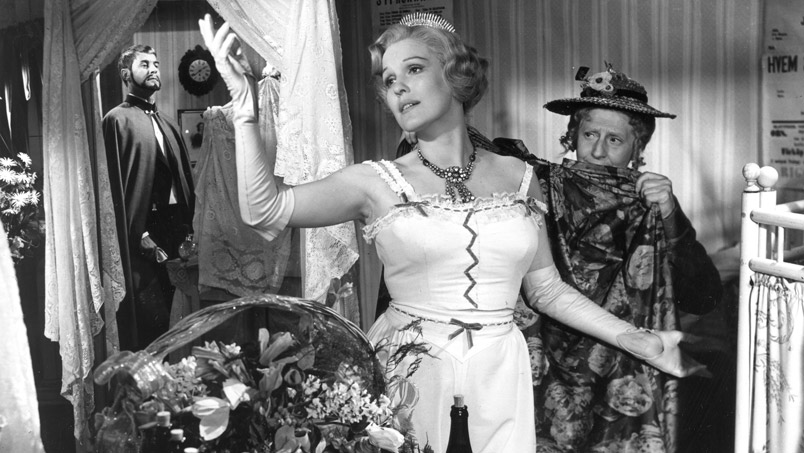
There’s arguably no director Allen holds in a higher esteem than the great Ingmar Bergman, a man who shared many of his metaphysical concerns and deeply influenced his own work. Fans of Woody’s entangled romcoms will likely enjoy Bergman’s Smiles of a Summer Night — later reimagined by Allen as Midsummer Night’s Sex Comedy.
Allen hailed Bergman as “the great cinematic poet of mortality and the finest filmmaker of my lifetime”, a cinematic mentor who redefined arthouse cinema throughout a lengthy career spanning over six decades. “I learned from his example to try to turn out the best work I’m capable of at that given moment. Bergman made about 60 films in his lifetime; I’ve made 38. At least if I can’t rise to his quality, maybe I can approach his quantity.”
As to how he was influenced by the Swede master, Allen questions that possibility since “he was a genius and I am not, and genius cannot be learned or its magic passed on”. But looking closer to his films, Bergman’s narrative blueprint is undeniably there. Take for example Love and Death, where Allen dances through the woods with the Grim Reaper (mirroring the iconic imagery of The Seventh Seal) or Deconstructing Harry, a story very reminiscent of Wild Strawberries. Interiors and Another Woman are both drenched in Bergman’s style — the latter shot by Bergman’s cinematographer, Sven Nykvist, who Allen borrowed for many of his projects.
4. City Lights (1931)
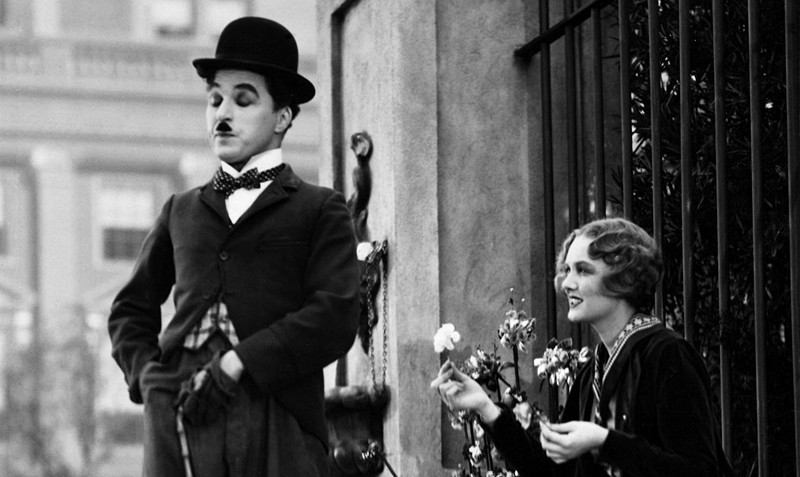
It doesn’t come as a shocker to see arguably the most iconic comedian in American film history sneak his way into Allen’s list. Often pitched against each other, it’s hard to compare these two cultural titans as both are products of their respective eras. Chaplin captivated a generation through nothing but visual comedy, pushing the frontier of cinema as entertainment further than anyone that came before him. On the other hand, Allen rose to stardom with dialogue and wit as his biggest allies, a certified charlatan who perfectly captured postmodern concerns in his comedies.
As to the difference in comedy between silent and talkie films, Allen believes it’s harder to accomplish the latter: “To do it silently is like playing checkers, you can figure out the gags and painstakingly write them and execute them. But as soon as you speak, you’re plunged into a reality that’s much more complex and demanding”. However, he has a deep admiration for Chaplin, hailing City Lights as his finest picture and an “interesting exploration of a guy with all the money in the world on the verge of suicide because his feeling are unrequited in love”.
Chaplin’s classic proved to be a big inspiration for Allen when coming up with the ending to two of his films — Manhattan and Broadway Danny Rose — which take a cue from City Lights’ heartwarming climax.
5. Amarcord (1973)
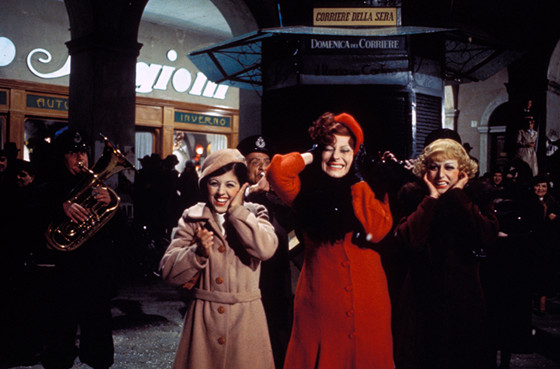
One of the most underrated films released in the middle of Woody Allen’s creative peak — the 1980’s — is Radio Days, a playful collection of scattered vignettes with an ensemble of characters that heavily borrowed from Allen’s own childhood in the East Coast. At the time, most critics embraced Allen’s tender movie while some drew parallels with Federico Fellini’s Amarcord — a similarly episodic film that depicts rural life in a small Italian town during the 1930’s.
Amarcord blends together nostalgia and fantasy in one of Fellini’s most heartfelt films, channeling his earliest memories and recreating the lively little town where he grew up. Woody Allen included the movie as one of his ten favorites of all time in the latest Sight and Sound poll of 2012 and cited Fellini among a select group of filmmakers he unabashedly adores — a list that includes Renoir, Kurosawa and Bergman — and credited his work as a boundless source of inspiration.
Both artists are known for pouring their work with a lot of autobiographical sentiment and reflecting their own artistic endeavors. With that established, it’s hard not to consider Stardust Memories as Allen’s personal rendition of 8½.